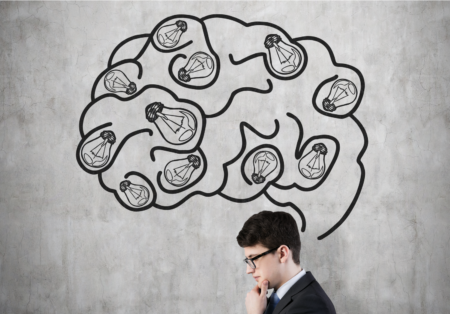Random walk or diffusion models have been successful at predicting human decision making and guiding experiments. Here’s why. In my last post I described two…
Lab Talk
Social Synchronization in the EEG
Humans operate within a social context. The study of social synchronization or ‘hyperscanning’ using EEG is beginning to reveal insight into human interactions. Humans are…
Constructing a Theory of the Brain
What are the necessary elements for a genuine theory of the brain and what will it take to construct one? In my previous posts I…
Building The Brain With Modules
Models in computational neuroscience that solve for one outcome cannot combine with one that solves for another. Can a modular approach solve this? The short…
The Crisis of Computational Neuroscience
Computational Models attempt to explain the behavior of the brain using neural network simulations, but assumptions that help simulate one phenomenon are destructive to the…
Why Do Brains Have Spontaneous Activity?
The brain spontaneously produces activity regardless of mental activity and stimulus input. Current theories treat this activity as noise or simply ignore it. What does…
The Radically Changing View of the Cerebellum
Long thought to be purely involved in motor activity, new roles have been discovered for the cerebellum in cognition. Yet so long on a backfoot…
Finding your Grandmother Inside Your Head
How do you perceive your Grandmother? It is still not known how the activity of neurons represent complex perceptual objects with many features. The theories…
The Puzzle of Working Memory
Working memory, the capacity to keep things ‘in mind’ such as a phone number, is a phenomenon poorly understood in Neuroscience. What do we know…
Intelligence and Neuroscience
Intelligence research has been the domain of psychology and sociology and barely intersects with neuroscience. Yet intelligence has everything to do with the brain, and…










